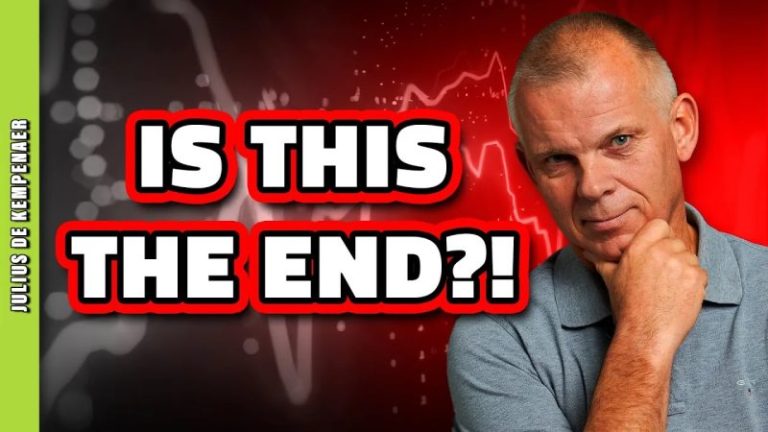Investors are constantly seeking avenues to outperform the market and generate higher returns on their investments. However, recent trends in the stock market signal a potential end to sustained stock outperformance, raising concerns among market participants. The past year has seen exceptionally strong performances in various sectors, driven by pandemic-induced shifts in consumer behavior and unprecedented government stimulus measures. These factors have propelled many stocks to record highs, creating a sense of euphoria and unrealistic expectations among investors.
One of the key reasons why stock outperformance may be ending is the gradual normalization of economic conditions. As the world emerges from the pandemic and businesses begin to operate under more stable conditions, the frenzied growth rates witnessed in recent months are likely to taper off. Companies that benefitted from the unique circumstances of the past year may struggle to maintain the same level of growth and profitability in a post-pandemic environment. This could result in a reversion to the mean, with stock prices reflecting more realistic valuations based on underlying fundamentals.
Another factor contributing to the potential end of stock outperformance is the looming threat of inflation. The massive injection of liquidity into the economy by central banks and governments has raised concerns about rising prices and the impact of inflation on corporate earnings. Inflationary pressures could erode profit margins and reduce the attractiveness of stocks as an investment option. Additionally, higher interest rates to combat inflation could lead to a reevaluation of the relative attractiveness of equities compared to fixed-income securities.
Furthermore, the increasing regulatory scrutiny faced by tech companies and other high-flying sectors could dampen the prospects of continued stock outperformance. Regulatory actions aimed at curbing monopolistic practices, protecting consumer data, and ensuring fair competition could limit the growth potential of certain companies and sectors. Investors who have relied on these high-growth areas for outsized returns may need to reassess their investment strategies in light of evolving regulatory landscapes.
In conclusion, while the stock market has experienced a period of exceptional outperformance, there are signs that this trend may be coming to an end. As economic conditions normalize, inflationary pressures rise, and regulatory scrutiny intensifies, investors need to be prepared for a potential shift in market dynamics. Diversification, risk management, and a focus on long-term fundamentals will be crucial in navigating the evolving investment landscape and achieving sustained returns in the future.



